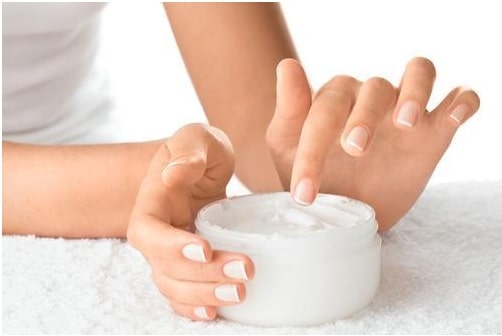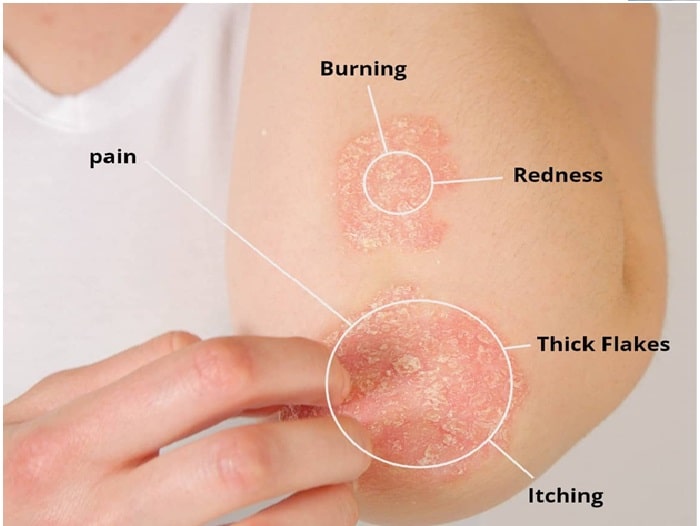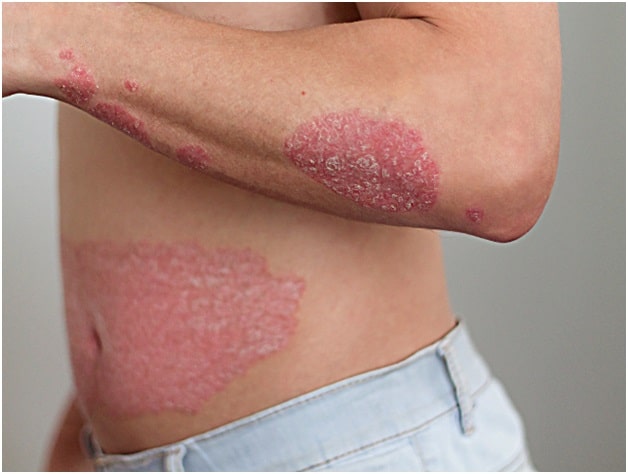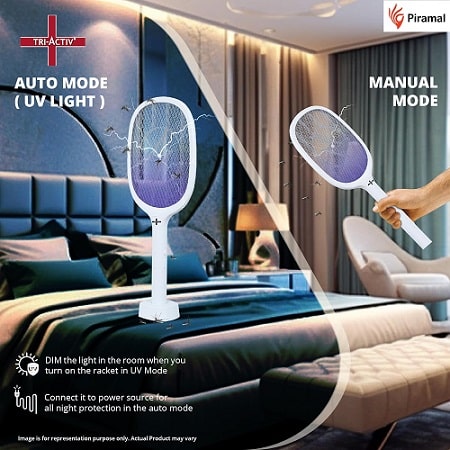Psoriasis is an autoimmune skin disease that causes dry, itchy rashes and scaly patches. It mainly affects the hands, knees, elbows, and trunk. Psoriasis can also affect other body parts, including the face, feet, scalp, and neck.
Inflammation and redness are common symptoms of psoriasis. The patches can sometimes swell and bleed. Severe psoriasis can interfere with sleep patterns and make it hard to concentrate. However, patients can take the right foods for psoriasis to reduce constant flare up.
The skin cycle and psoriasis
Psoriasis is a condition that causes a rapid buildup of cells that causes the scaling on the patient’s skin surface. Typically, the skin’s normal cycle is approximately 30 days. Within this period, the skin cell grows deep in the hypodermis rises to the surface, and falls off. Psoriasis can assume a cycle, flaring for weeks, subsiding for a few days, and flaring up again.
However, in a psoriasis patient, the skin cell grows in days. Consequently, the skin cell does not fall off, causing a buildup of the skin cells. Psoriasis is an immune condition and has no known cure. Consequently, the patient should trace the trigger and avoid it. A visit to the dermatologist is critical so you can get medication and treatment to ease the discomfort and bring relief.
The symptoms of psoriasis depend on the type affecting a patient. Here are the common types of psoriasis.
- Plaque psoriasis is the most common and affects the lower back, knees, elbow, and scalp.
- Nail psoriasis affects the toe and fingernails. Severe nail psoriasis can cause the nails to crumble and the nail to loosen, and separate from the bed.
- Inverse psoriasis becomes worse with friction and sweating. Inverse psoriasis affects the areas under the breast, groin, and buttocks. A fungal infection may trigger inverse psoriasis.
- Guttate psoriasis is common among young adults and children. A bacterial infection triggers it. Guttate psoriasis manifests as drop-shaped red blisters on the legs, hands, and trunk.
- Pustular psoriasis manifests as small pus-filled blisters affecting the soles and palms.
- Erythro-dermic psoriasis covers the entire body. It is the least common type of the condition.
What are the symptoms of psoriasis?
Symptoms may differ from one patient to another. The symptoms are also determined by the type of psoriasis a patient manages. The common symptoms include:
- Inflamed patches that appear red for light skin patients and purple or brown for dark skin
- Silvery scales, also called plaques, on the red patches
- Dry, itchy skin that cracks and bleeds
- Thick, pitted fingernails
- Soreness and tenderness around the patches
- Swollen, painful joints
- Itchy,burning sensation around the patches
A patient’s symptoms may vary and take a cyclic pattern. The symptoms may grow from inflamed patches to soreness and dryness that cracks after a few days. The symptoms may be severe for a few days and worsen in weeks if the condition is not managed.
When to see a dermatologist
Although psoriasis has no known treatment, a patient can visit the doctor for help with the management of psoriasis. A patient should see the dermatologist if symptoms:
- Become severe
- Patches become painful and bleed
- Joint pains become severe
- Symptoms get out of control despite treatment
Treatment options for psoriasis
A visit to the dermatologist aims to
- Reduce scaling and inflammation
- Remove plaques
- Slow the rate of skin cell growth
Common psoriasis treatment includes:
- Using steroid-based cream
- Moisturizers to soften the skin
- Medication to reduce the rate of cell production
- Vitamin D3 supplements and ointments
- Vitamin A or retinoid creams and ointments

- the severity of the rashes and the raised patches
- other underlying conditions such as arthritis
- other health conditions and overall wellness
- the age of the patient
What if the psoriasis treatment doesn’t work?
Psoriasis treatment can fall into any of the following procedures:
- Immune therapy is a new intervention aims to block the body’s immune system to stop autoimmune reactions.
- Light therapy-here specific wavelengths help reduce inflammation and lower the skin cell production
Nutritional recommendation for psoriasis patients
A rich diet cannot cure psoriasis. However, it is critical always to eat a balanced diet to boost the body’s immunity and promote quick recovery after a flare-up. The following interventions can also help in the management of psoriasis.
- Shedding off excess weight
- Avoiding trigger foods such as red meat, refined sugar, dairy products, and processed foods
- Reducing alcohol intake
- Taking vitamin supplements
Takeaway
Psoriasis is an autoimmune skin condition that manifests as thick, scaly patches known as patches. The skin gets dry and itchy and can break and bleed.
Patients can reduce psoriasis flare up by avoiding the condition’s trigger and seeking a dermatologist’s intervention. A doctor’s intervention helps to relieve the symptoms and clear the skin off the rashes.
Read More
Home Remedies to Reduce Belly Fat Quickly
Natural Remedies for Managing Pain and Inflammation
Ayurveda Will Help You Deal With The Problem of Lactose Intolerance
Top Foods that Prevent Gas and Indigestion
Basics To Take Care Of When You Have Sensitive Skin
How Long Does Morphine Stay In Your Urine?
The Health Benefits of Aronia Berry Juice: What You Need to Know
Tips for Supporting Hormonal Balance
The 3 Health Advantages Of Drinking At Least 1 Cup of Coffee Every Day



